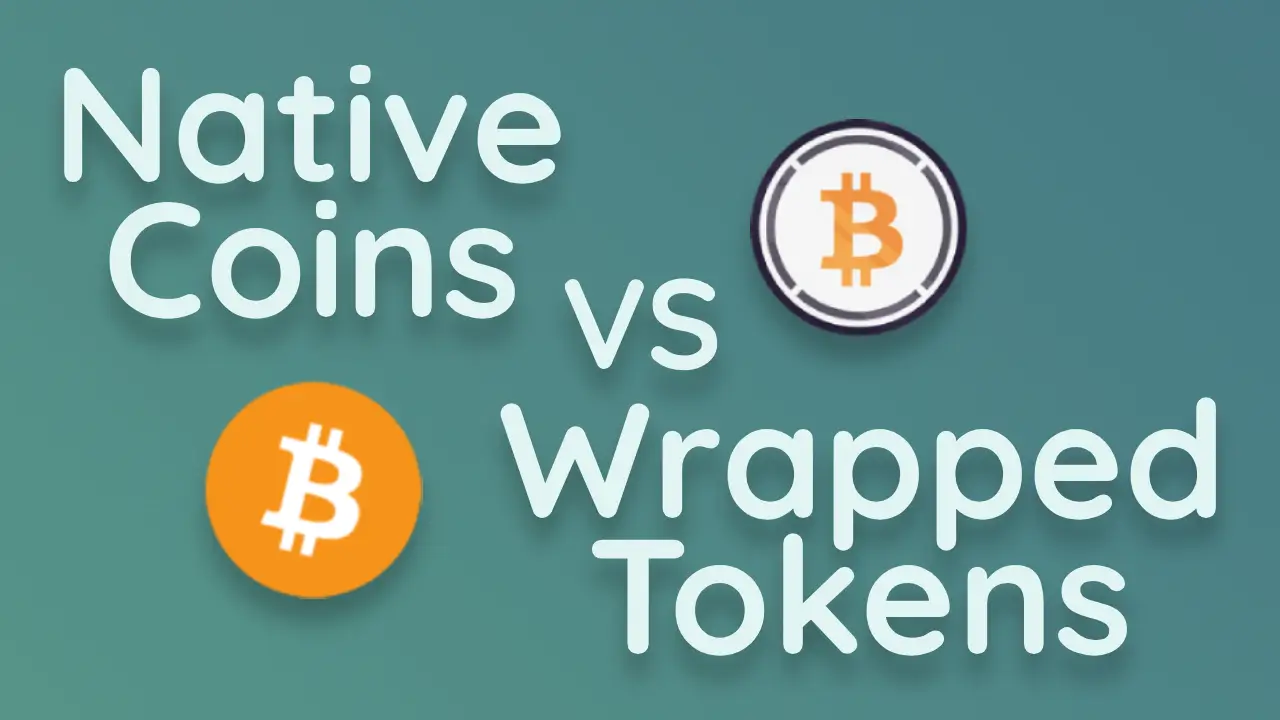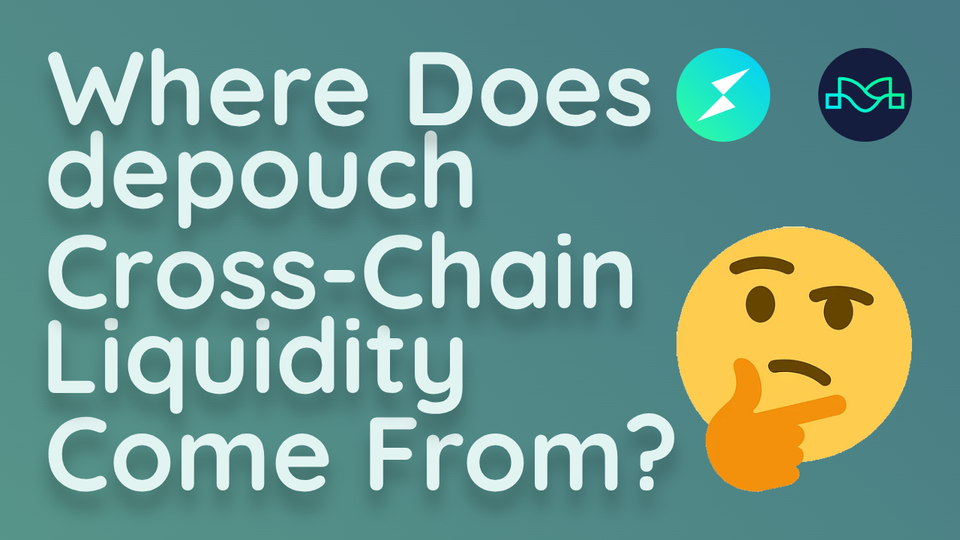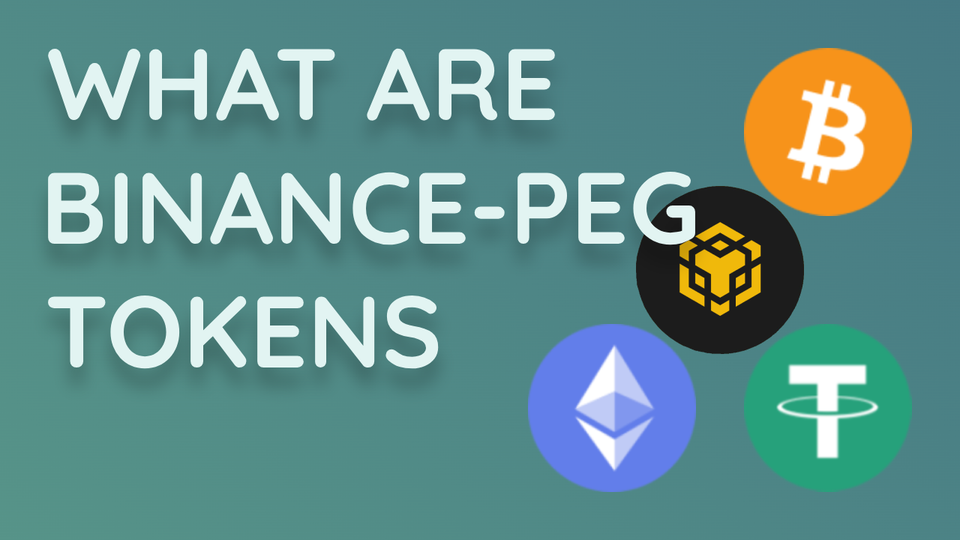Native Coins vs Wrapped Tokens
Native Coins and Wrapped Tokens provide value to the cryptocurrency ecosystem. Understanding the difference is key to know how and where to use your crypto.

In the cryptocurrency ecosystem, assets appear in different forms depending on how and where they are used. Two of the most common types are native coins and wrapped tokens. Understanding their differences is important for anyone interacting/engaging with blockchain applications.
What are Native Coins
Native coins are the original assets that belong to a specific blockchain. They are secured and validated directly by that blockchain’s network.
- Examples: BTC on Bitcoin, ETH on Ethereum, ADA on Cardano etc.
- Existence: They live exclusively on their home chain. For example, BTC only exists on the Bitcoin blockchain.
- Security: Protected by the blockchain’s consensus mechanism (proof of work, proof of stake, etc.).
- Ownership: Holding the private keys gives direct control over the coins.
This means. If you own the private key on the native blockchain network, then you control the coins. Futhermore it means that the reliability of native coins only depends on your own private key security and the security and decentralization of the underlying blockchain.
What are Wrapped Tokens
Wrapped tokens are representations of native coins that exist on other blockchains. They are designed to make assets usable outside of their original network.
- Examples: wBTC - Bitcoin represented on Ethereum, wETH - wrapped ETH on Ethereum.
- Existence: Found on chains other than the asset’s home chain. For example, wBTC is on Ethereum but represents BTC from Bitcoin.
- Backing: Created by locking native assets in custody (via custodians or smart contracts) and minting an equivalent amount as a wrapped version.
- Ownership: Holding a wrapped token with your own private key means you own the wrapped token, but not the native asset itself.
Wrapped tokens depend on both the blockchain they are issued on, their home chain and the mechanism (custodians or contracts) that manages the wrapping process. This introduces another layer of trust compared to native assets.
TLDR - Key Differences
| Aspect | Native Coins (e.g. BTC) | Wrapped Tokens (e.g. wBTC) |
|---|---|---|
| Existence | On their original blockchain | On a different blockchain |
| Backing | Directly secured by the chain | Backed 1:1 by native assets |
| Custody Model | Controlled by user’s private keys | Custodians or smart contracts |
| Safety Dependencies | Blockchain consensus | Both Blockchains + wrapping mechanism |
| Usage (examples) | On-chain Transactions, security, DeFi | DeFi, payments, lending |
So that means
- Native coins are the original assets, existing only on their home blockchains and secured by the network.
- Wrapped tokens are representations of native assets created to enable use across different networks and blockchain applications (smart contracts).
Both forms serve valuable purposes. Native coins provide the foundation of security and value, while wrapped tokens extend usability into broader ecosystems. Understanding the distinction is key to know how and where to use your assets.
On depouch DEX you can swap both wrapped tokens and native coins. Giving you a simple way to swap one for the other cross-chain. Maybe you want to wrap you native coins because you need it for DeFi or maybe you want to unwrap your wrapped tokens. Whatever your needs might be, we've got you covered.
Thanks for reading our blog on Native Coins and Wrapped tokens. Now we just want to wish you a happy trading!
depouch - experience financial freedom

